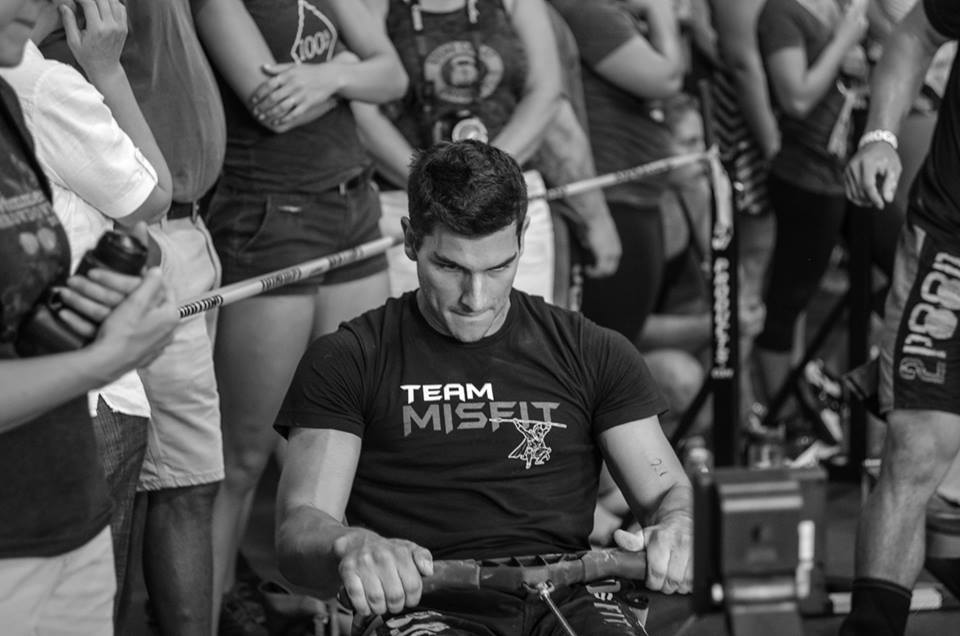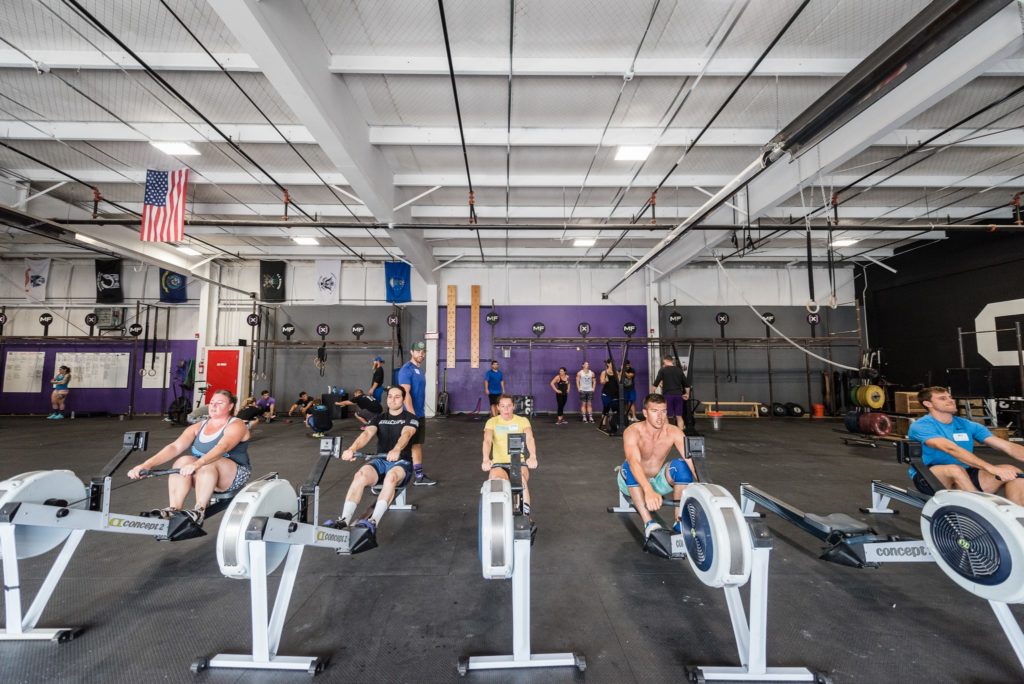The Fountain of Youth: 5 Essential Recovery Tips for Master’s Athletes
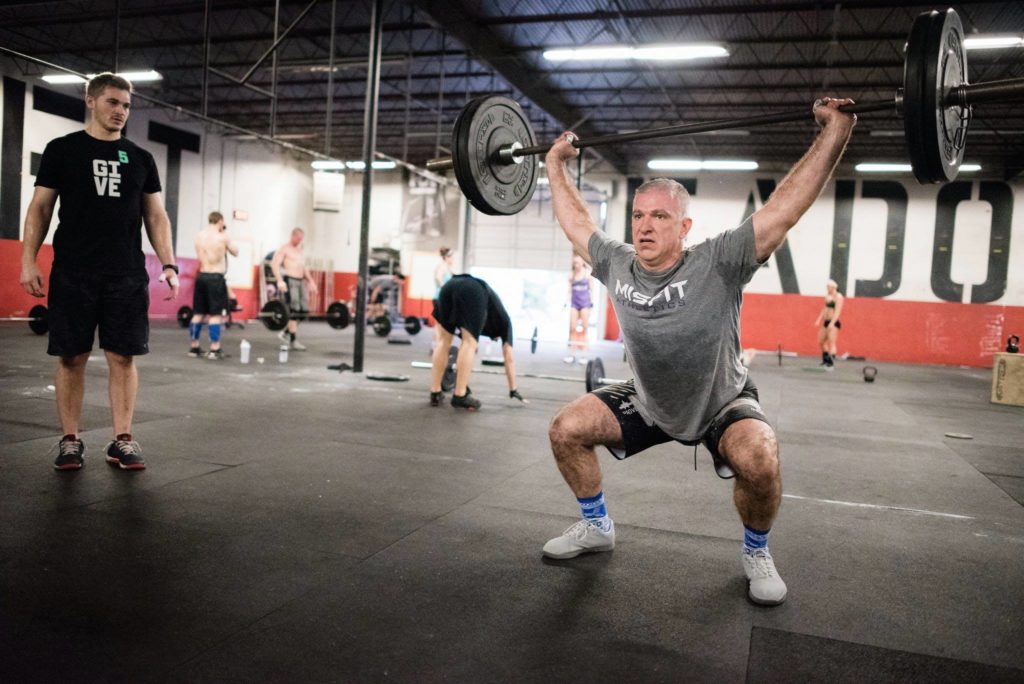
Written By Drew Crandall
Let’s be real: this article is for everyone. I’m assuming that if you’re here reading this, you’re interested in being the best athlete you can be, or you’ve been enlisted to facilitate that goal for others. So why the title? Because the young and virile have leeway in their pursuit of being above average, but the following five tips are mandatory for both Masters and anyone that is willing to accept what it takes to be the best.
1. Prioritize sleep quality
It should come as no secret to people that are familiar with our programming that we regularly ask for quality to precede quantity. This philosophy extends to the realm of sleep and recovery. Before I ask for an elite level athlete to achieve six full sleep cycles* as often as possible, I want to know what they’re doing to ensure all of that time spent in bed is worth it. The concept that your brain needs a solid two-hour cool down from the day is simple in theory but much harder in today’s society to achieve. Spend this time away from work, bright lights, stress, and even non-fiction media. Commit to finding how to make this routine work for you and then head into a cold, very dark room void of electronics and sleep your way to a night of testosterone and growth hormone production.
*A rough day of training should be followed up with six quality sleep cycles totaling in nine hours of sleep which typically takes upwards of ten hours in bed to accomplish depending on quality. How well you sleep is undoubtedly our top priority, but the time is also vastly important. Just make sure you have the order or priorities correct.

2. Develop a Mindfulness Practice
Your ability to manipulate your autonomic nervous system will decide how many hours of the day outside of the gym you are anabolic or catabolic (your ability to do so increases significantly by a great night of sleep, hence the order of the list). Getting started on this path can seem like a daunting task, so my first goal with clients is to achieve three “time-outs” per day that are five to fifteen minutes long. These blocks should be spent alone, in a quiet, comfortable place, with a focus on the breath. Let your mind and body know that you’re in the driver’s seat, and your recovery will reap the benefits. As you begin to put together streaks of multiple weeks of adhering to the three “time-out” rule, you can start to explore the world of meditation and breathing practices with the confidence that you’re ready to let go.
3. Track MICRO-nutrients
The percentage of athletes weighing and measuring their food has increased by a large margin recently. This trend has led many of you to the conclusion that you weren’t eating nearly enough to fuel your efforts, and the results are showing up daily in your progress. On the flip side, this has also led to a massive culture change in what is considered a healthy food choice. If you think being lean is the ultimate measure of health and recovery, you are incorrect. The stress you purposefully inflict on yourself in the gym week after week calls for a much higher level of repair and a nutrient deficient diet makes that next to impossible. The good news is a diet based on quality and a diet based on hitting macro nutrient numbers are not mutually exclusive; you just need to get better at planning. The first step is to start making conscious decisions about what you’re eating and where you got it. That is the majority of the battle. Once you get honest with yourself and make those changes, it’s time to get some blood work done to find out what your body is having a hard time absorbing. Try to think of the macro tracking as a means to properly fuel your efforts and the micro tracking as a way to appropriately enhance recovery (AKA: cell growth, immune function, reproductive health, brain function, nerve communication, inflammation, energy production, muscle growth, tissue repair, liver function, digestion, adrenal support, bone health, muscle contraction, muscle relaxation, and electrolyte balance).
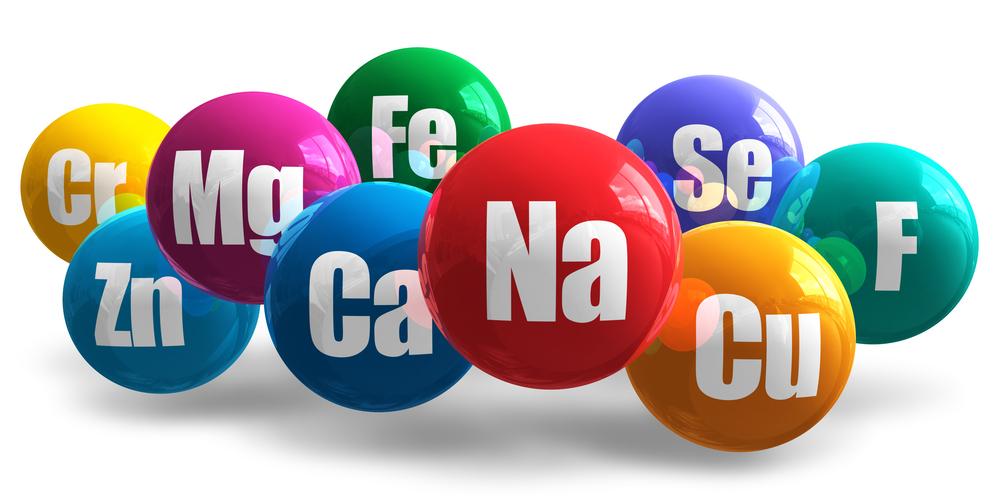
4. Move. Move. Move.
As a whole, this article is intended to drive home the fact that your lifestyle demands more work outside of the gym than the average person. Some items on this list are an easy sell when using this concept, but this one rarely is. The more you modulate muscle tissue and accumulate waste in your lymphatic system, the more you need to facilitate recovery. To do so, you need to move. As your training volume increases, it is crucial that you match it with low-intensity movement. Stim devices do the job on localized repair and flushing, but nothing compares to multi-joint movements like walking, biking, and rowing. As you move at a recovery heart rate (<120bpm) two things happen: oxygen and nutrient rich blood makes its way to your tissues for repair, and your muscle contractions flush waste products from the muscles that are activated back up towards the heart. A general rule of thumb I like to use with my athletes is matching time under tension in the gym with low-intensity movement.
5. Know yourself
If this article included all of the things you could do to aid your recovery, it certainly wouldn’t be called “Five things…”, and you would’ve been bored about an hour ago. Things left off of this list range from highly prevalent to highly individualized practices. Now it’s time for your intuition and honesty come into play. How serious are you about taking care of mobility, nagging injuries, personal relationship problems (kills the gains), post workout nutrition, and on and on? Self-assessment and a little bit of research will go a long way in this department. If you aren’t honest with yourself, how is your support system supposed to know how to help? So this last part is on you. Take note of how you feel mentally and physically on a daily basis, and when things are off, do something about it.
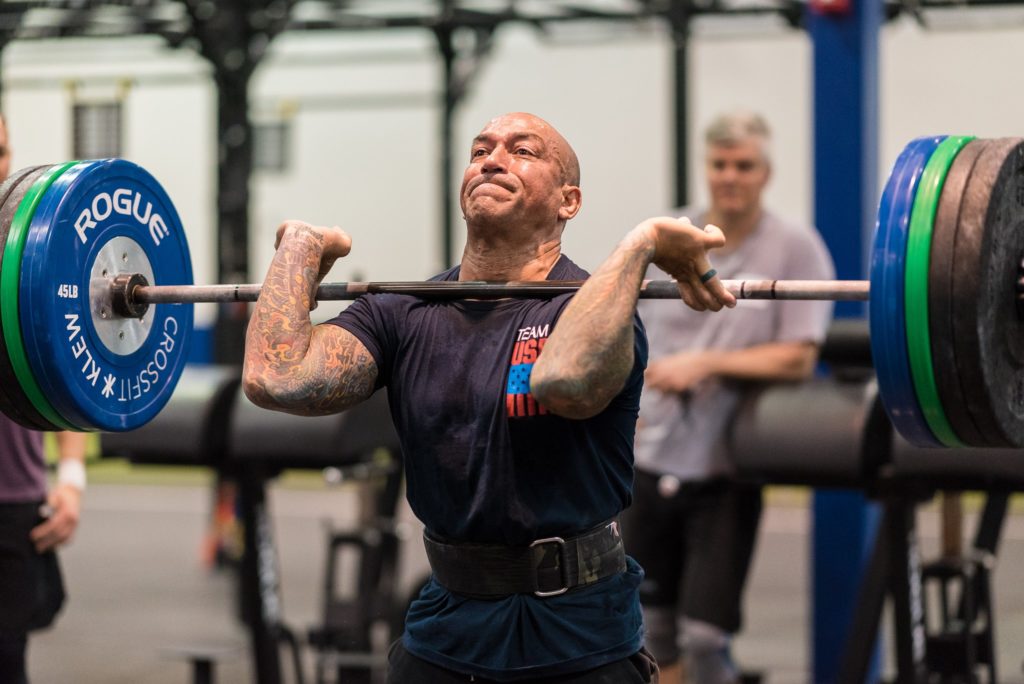
Don’t talk about it, be about it.
Here comes the part where I’m begging for action. If you’ve read my articles before this will seem a touch repetitive, which is the point. Day after day we’re bombarded with posts, articles, videos, and conversations that lead to a wealth of knowledge that never sees the light of day. Buy a notebook, make a section for each topic, and jot down notes as often as possible about what you’re doing to put this into action. After that, it’s all about using the concept outlined in tip number five to personalize the first four.
